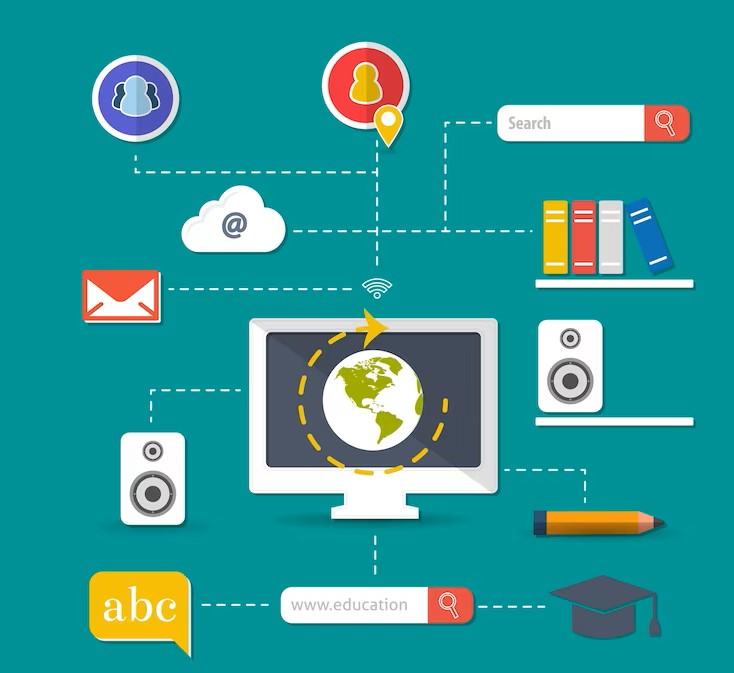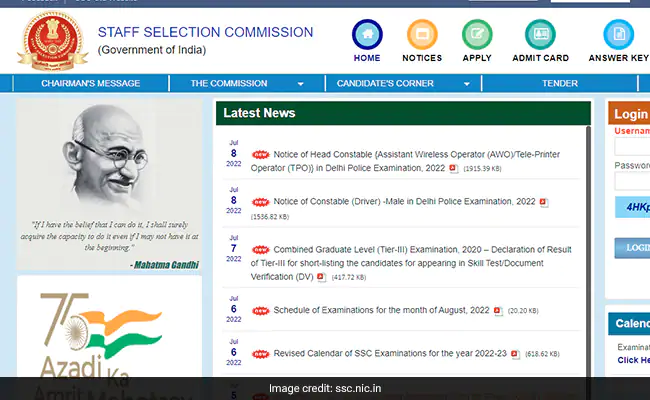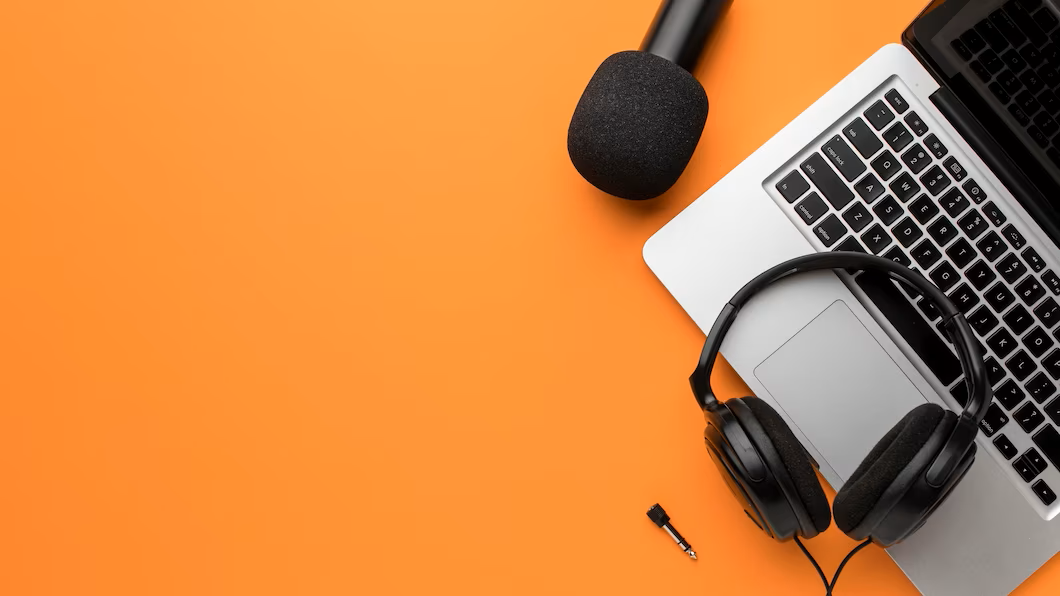Mastering the Art of Professional Email Communication: Strategies for Effective Business Correspondence
In today’s digital age, effective communication is vital for personal and professional success. Among the various communication channels, email remains a cornerstone of business correspondence. Learning how to craft professional emails is essential for establishing credibility, conveying your message clearly, and maintaining strong professional relationships. In this blog post, we will provide you with valuable tips and techniques to elevate your email game and email like a boss.
Use a Clear and Concise Subject Line
The subject line sets the tone for your email and helps the recipient understand its purpose at a glance. Be specific and concise, summarizing the main topic or action required. A well-crafted subject line increases the chances of your email being read promptly.
Begin with a Polite and Professional Greeting
Address the recipient appropriately based on the level of formality and your relationship with them. “Dear,” followed by the recipient’s name, is a common and respectful salutation. Tailor your greeting to the context of the email to maintain a professional tone.
Be Mindful of Tone and Language
Choose your words carefully to ensure a professional and courteous tone. Avoid using slang, abbreviations, or informal language. Use proper grammar and punctuation, and proofread your email before sending to avoid errors.
Get to the Point
Be clear and concise in your email’s content. State the purpose or main message early in the email to grab the recipient’s attention. Break down complex ideas into bullet points or paragraphs for easy readability. Use short sentences and paragraphs to maintain clarity.
Be Respectful and Courteous
Always maintain a respectful and courteous tone in your emails. Use polite language and avoid using all caps, as it can be interpreted as shouting. Thank the recipient for their time or assistance if applicable. Remember, professionalism goes a long way in building and maintaining relationships.
Keep it Professional
Separate personal matters from professional ones. Avoid discussing personal issues or sharing inappropriate jokes or content in your professional emails. Stick to the subject matter and maintain a focus on the business or work-related topic.
Use a Professional Email Signature
Include a professional email signature that includes your name, job title, contact information, and any relevant links (such as your LinkedIn profile). This adds a touch of professionalism and makes it easier for recipients to contact you.
Proofread and Edit
Before hitting the send button, review your email for any errors, spelling mistakes, or typos. Ensure that your message is clear, coherent, and free from grammatical errors. A well-edited email reflects attention to detail and professionalism.
Respond Promptly
When you receive an email, make it a priority to respond promptly. Even if you cannot provide a complete response immediately, acknowledge the email and let the sender know that you will get back to them within a specific timeframe. Prompt responses demonstrate professionalism and respect for others’ time.
Use Email Etiquette
Familiarize yourself with email etiquette best practices, such as avoiding forwarding chain emails, refraining from using excessive exclamation marks, and being cautious with the use of “reply all.” Following email etiquette guidelines helps maintain professionalism and efficiency in communication.
Be Mindful of Tone and Emotion
Emails can sometimes be misinterpreted due to the lack of non-verbal cues. Take care to convey your intended tone clearly. Avoid using harsh or confrontational language, and if discussing a sensitive topic, choose your words carefully to maintain a neutral and professional tone.
Use Proper Formatting
Break your email into paragraphs to improve readability. Use bullet points or numbered lists to highlight key points or action items. Use bold or italics sparingly to emphasize important information. Proper formatting makes your email easier to scan and digest.
Be Considerate of Others’ Time
Keep your emails concise and to the point. Respect the recipient’s time by avoiding unnecessary details or lengthy explanations. Use a polite and professional tone, but strive to be succinct in your message.
Follow Up and Follow Through
If you have requested information or action from the recipient, set a reminder to follow up if you don’t receive a response within a reasonable timeframe. Similarly, ensure that you promptly address any emails that require your attention. Demonstrating reliability and accountability strengthens your professional relationships.
Avoid Excessive or Unnecessary CCs and BCCs
Only include recipients who genuinely need to be involved in the conversation. Be mindful of sharing sensitive information and use the BCC (Blind Carbon Copy) feature when appropriate to maintain privacy.
Be Cautious with Humor and Jokes
Humor can be easily misinterpreted in written communication. Exercise caution when using humor or sarcasm in your emails, as it may not be well-received by everyone. Consider the recipient’s relationship with you and the overall context before including any humor.
Unleashing the Power of Data Mining Software: Harnessing Insights for Success
Adapt to Cultural Differences
If you communicate with individuals from diverse cultural backgrounds, be mindful of cultural norms and communication styles. Different cultures may have varying expectations regarding formality, greetings, and expressions of gratitude. Take the time to learn about cultural differences to ensure respectful and effective communication.
Practice Active Listening in Email Conversations
When engaging in email exchanges, practice active listening by carefully reading and understanding the content of the emails you receive. Respond thoughtfully and address all relevant points to show that you value the sender’s input and opinions.
Use a Professional Email Address
Ensure that your email address reflects professionalism. Avoid using informal or inappropriate email addresses for business correspondence. Create a separate email account dedicated to professional communication if needed.
Continuously Improve
Reflect on your email communication regularly and seek feedback when possible. Identify areas for improvement and strive to enhance your skills over time. Learn from successful email interactions and adapt your approach accordingly.
Mastering the art of professional email communication is a valuable skill that can significantly enhance your professional reputation and productivity. By implementing these tips and techniques, you can email like a boss, ensuring that your messages are effective, respectful, and impactful. Remember, clear and concise communication, professionalism, and attention to detail are key to successful email correspondence.













